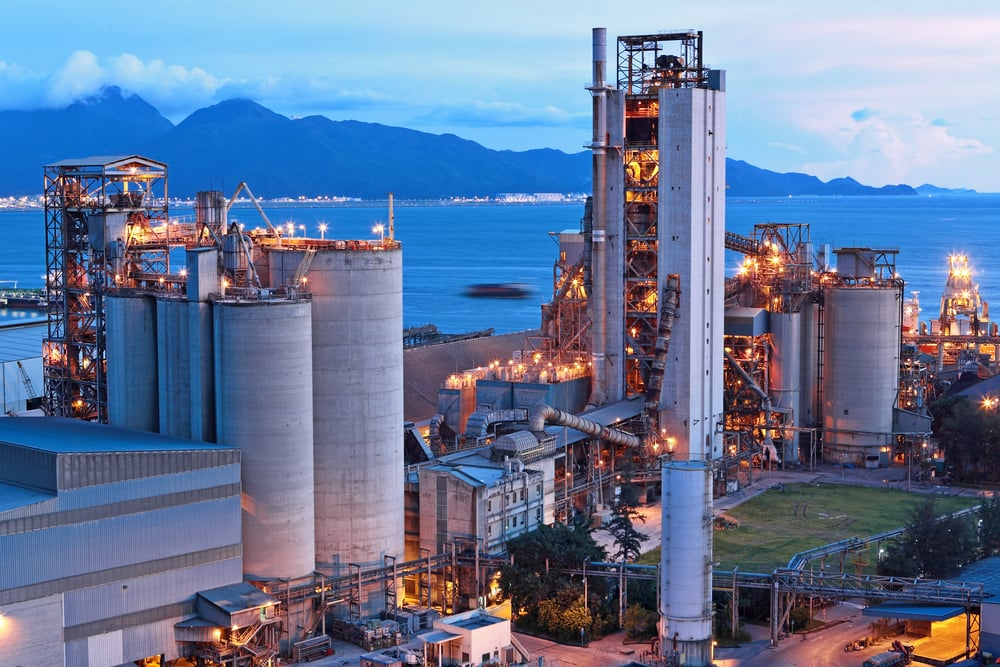 Protecting the structural integrity of your building depends on two main factors:
Protecting the structural integrity of your building depends on two main factors:
-
A proactive maintenance strategy that addresses and remediates damage
-
A coating strategy that defends against ongoing environmental hazards
There are several ways these two concerns can overlap. Perhaps none is more familiar than the question of waterproof coating. Waterproofing has waxed and waned in popularity in different industries. Done right, it is an essential part of protecting any facility.
Waterproofing Supports Longevity and Quality for Your Whole Structure
Waterproofing refers to any coating or treatment intended to strengthen the seal between your building and exterior moisture that can infiltrate it. Moisture may take the form of ambient humidity, condensation, rain, snow, or snow melt, among others.
While facilities managers universally recognize the importance of rustproofing, there has been some misunderstanding about waterproofing. Some contractors have engaged in improper waterproofing practices that can damage buildings.
When waterproof sealing is done incorrectly, it can cause moisture to collect and become trapped. This is caused by failure to account for environmental factors that need to be addressed in the waterproofing plan, such as sloping and warping that can allow moisture to pool.
It is, however, not an argument against waterproofing performed by true experts!
Waterproofing is arguably the most important aspect of your coating strategy if you are situated on a seacoast, in a humid area, or somewhere subject to a long rainy season. Failure to waterproof means you’re at much greater risk of moisture collecting and doing serious damage.
A build-up of moisture can lead to:
-
Mold development inside walls, which can cause respiratory distress in some cases
-
Mildew, which leads to unsightly staining and may weaken the affected substrates
-
General loss of structural strength throughout water damaged parts of the facility
-
Weakening of the roof system, leaving it more vulnerable to leaks and other issues
Industrial facilities, commercial buildings,, and residences are all at risk of water damage. An industrial workplace can suffer serious damage when water infiltrates concrete and goes through the freeze-thaw cycle. However, there is one danger that goes beyond all others: Foundation damage.
Water is naturally inclined to pool at the lowest point reachable. Through a combination of gravity and the natural slope of the terrain, it can easily infiltrate the foundation. By the time cracks are visible, the structural damage is quite a bit more severe than meets the eye.
Foundation water damage affects the walls and even the roof. It can lead to substantial warping of the floors, doorways, and windows. Interior cracks are also likely to appear near the center-point of walls and in a characteristic “stair-step” pattern leading from the corner of doors.
Waterproofing is one of the most effective tools in preventing this damage.
Proper Waterproofing and Sealing of Your Building
A complete waterproofing strategy includes application of the latest waterproof coatings on all affected areas. It is not enough to glaze or caulk windows – coatings must also be applied correctly. Although a variety of waterproofing treatments exist, most of today’s top options are silicone or urethane-based.
Silicone Waterproofing
Silicone waterproofing sealants were the most popular for many years. They are still used widely throughout industrial facilities, since silicone is superior for sealing glass, tile, and metal. Silicone bonds directly to the treated surface to create a tight, weatherproof seal.
The drying process for silicone is extremely fast, especially compared to urethane, which can take more than 24 hours. Still, it’s crucial not to use silicone in high traffic areas, as it does not stand up to the same level of abrasion urethane can. Silicone is useful in cold temperatures.
Other key qualities include:
-
Extreme longevity, up to 20 years with appropriate maintenance
-
High levels of ultraviolet resistance
-
Effective protection in extreme high temperatures
Urethane Waterproofing
While silicone operates by creating a seal between the outside air and the inside, urethane is a “true” sealant that usually serves as a barrier between two surfaces. Urethane is the superior selection for working with most natural products, such as wood, because it dries hard.
Other than weather limitations – urethane may fail to bond when temperatures are very low – the main thing to be alert to with urethane is that it is stiff during application and dries hard. Waterproofing must be handled by experts to ensure that the expected performance qualities are realized.
Some of its other traits include:
-
Paintable
-
Non-staining
-
Lower longevity, about five years for most projects
The waterproofing methods used depend on your environment as well as regulations or testing standards you’re required to meet. Most projects will use a variety of sealants and coatings to protect various substrates. Ensure your painting contractors fully understand your industry and requirements so you get the best results. True “top-to-bottom” waterproofing can save you thousands compared to water damage remediation!
{{cta(‘9de02520-f11a-488c-8c31-5b289e42101b’)}}






